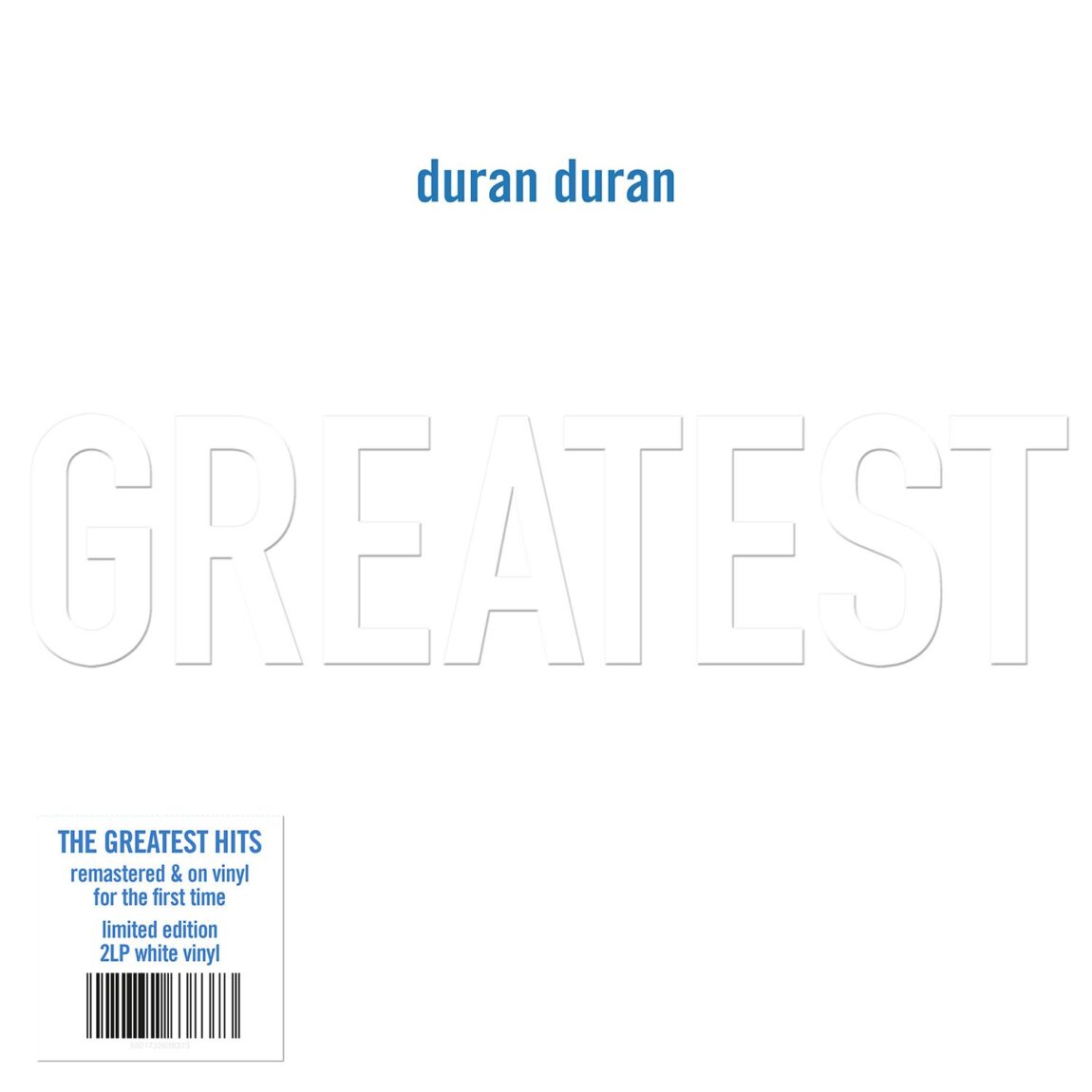Return to Planet Earth
Duran Duran's classic lineup records a new album
21 years after its last one
BY REBECCA LOUIE
There's nothing like releasing a rotten record to fuel nostalgia for a band at its bygone peak.
In 2000, Duran Duran unleashed the critical and commercial flop "Pop Trash."
"It was a complete disaster. I was thinking, 'How do I get out of this?'" singer Simon LeBon recalls. He and keyboardist Nick Rhodes were the only members of the hitmaking early '80s edition of the British group to collaborate on the record.
Three years ago, LeBon, in a fit of depression, consulted former Duran Duran bassist John Taylor, who quit the band as it began?recording 1997's "Medazzaland."
"John came up with the rather ingenious brainwave that we get the band together," LeBon says. "It was something I had been thinking about, at least once a day, since 1988."
LeBon, Rhodes, Taylor, drummer Roger Taylor and guitarist Andy Taylor (who are unrelated) first reconvened in an office in London.
"We sat around a table and started talking," Rhodes says. "Within 10 minutes, it was as if all the space between us, over all these years, had melted away. We were arguing about the same things, like where are we going to do the album, when, how, who is going to take care of what? Everybody's character was still intact, for better or for worse."
Though they had not all recorded together since 1983's "Seven and the Ragged Tiger," they composed more than 30 tracks, 13 of which made it onto "Astronaut," the first in a four-album deal with Sony. It comes out Tuesday.
"It was really quite joyous to be back together," Rhodes says of the first recording session in the South of France in June 2001. "We all had time to play with other people, and I think we realized the power and chemistry of this lineup."
That energy was tested when the group reunited for a second recording session in September 2001. The group wrote several somber pieces in response to the 9/11 attacks.
"The attacks had a profound affect on us," LeBon says. "But there is no point on the album where there is hopelessness. We never give up hope as a band. For us, there is always a light at the end of the tunnel."
Named after a character in Roger Vadim's 1968 psychedelic sci-fi movie "Barbarella," Duran Duran formed in Birmingham, England in 1978. Initially a leading light of the flamboyant New Romantics movement that emerged from the New Wave, the group, adored by teenage girls, swiftly became a pop phenomenon. This was thanks to the guys' pinup looks and their clever pop videos for such catchy hits as "Girls on Film," "Rio," and "The Reflex."
NO VICES NOW
Exhausted after a series of sold-out tours, Duran Duran went on hiatus in 1985. LeBon, Rhodes and drummer Roger Taylor formed Arcadia; John and Andy Taylor had a brief run with singer Robert Palmer in Power Station in 1985 and a less successful one in 1996. Duran Duran also had a mid-1990s comeback with the hits "Ordinary World" and "Come Undone."
"Other acts were never able to get past the 1980s," says Rick Krim, executive vice president of music and talent at VH1. "Madonna survived by being a chameleon, changing with the times. AC-DC hasn't done a single thing different in 30 years and they may be as big now as they ever were. Duran Duran managed to do a little bit of both. The guys still look great and manage to make contemporary music that sounds like Duran Duran but is not necessarily nostalgic or retro."
"We've finally gotten to the stage where everybody is acting like they did when they were in their 20s," LeBon says. "Not in the way that we were up all night taking drugs and chasing women around, but where we just go and do what we have to do to get the job done. It used to be that everyone tried to inspire the other four people as much as they could. That's still there. And [knowing that] makes us a lot more aware of each other and what we can do, making us more tolerant and appreciative as well."
Courtesy New York Daily News, www.nydailynews.com
